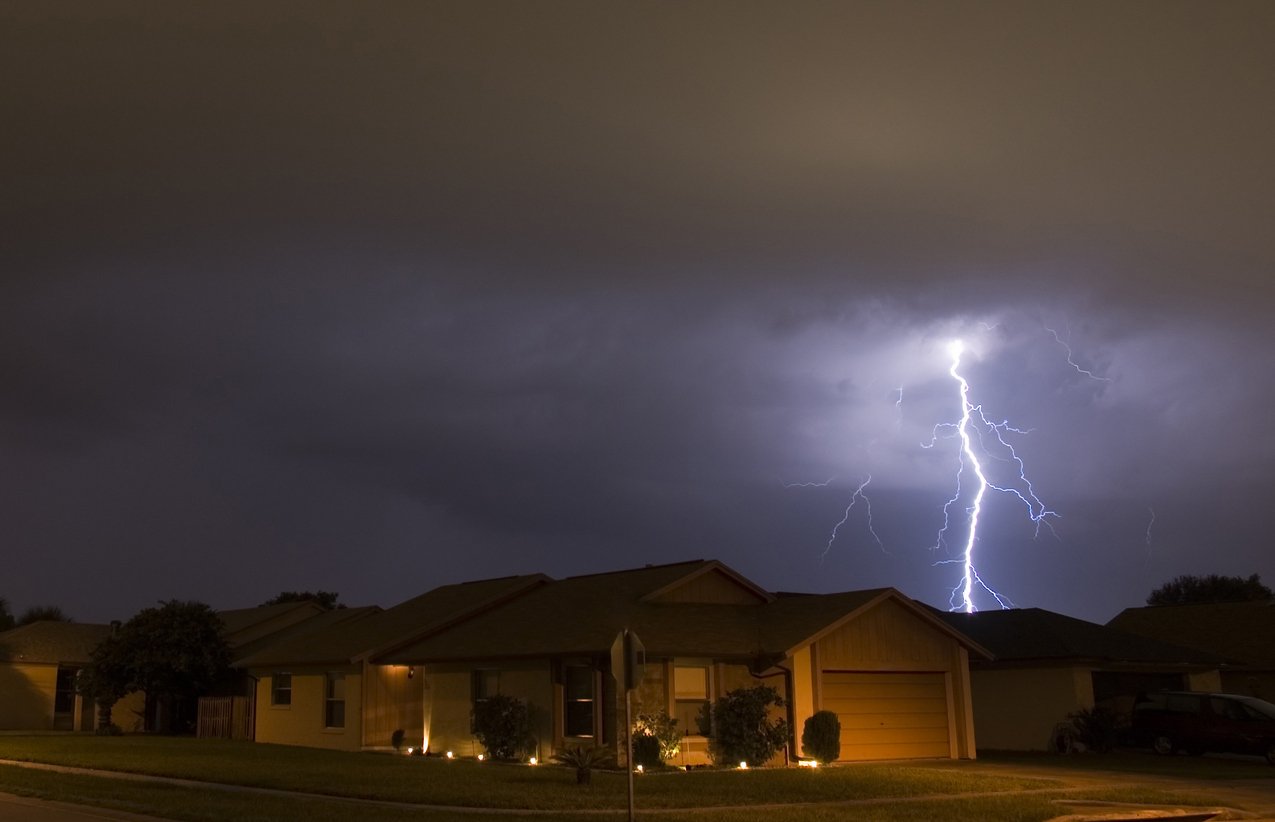A storm is brewing, and it’s heading your way. Sometimes powerful winds or lightning strikes can lead to downed power lines or power surges.
Power outages can strike unexpectedly, disrupting our daily lives and challenging our comfort and safety. And research shows that they’re increasing both in frequency and in duration (from an average of 3.5 hours to now close to 7 hours)[1].
Whether caused by severe weather, equipment failure or other unforeseen circumstances, it's crucial to be prepared for such situations. In this article, we will discuss steps to take before, during and after a power outage to ensure your safety, protect your belongings and expedite the recovery process.


